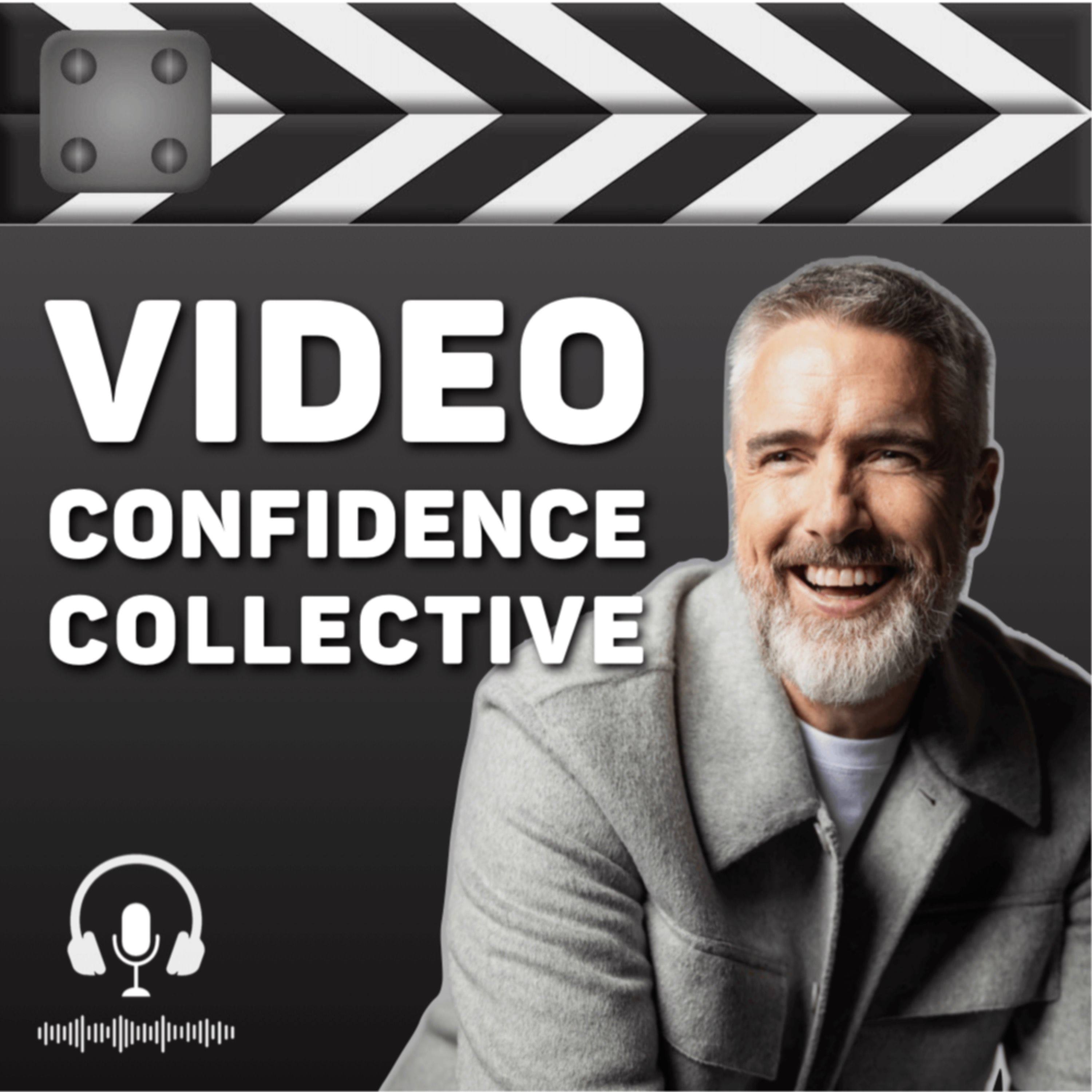Improve Audio Quality of Podcasts and Videos in Adobe Premier
Apr 30, 2024We dive deep into the art of audio mastering for video production, focusing on achieving crystal-clear sound that elevates your content. Whether you’re recording a podcast, a video tutorial, or any form of digital content, clear audio is non-negotiable. Host Chris Schwager takes you step-by-step through the process of refining your audio tracks using advanced techniques like multi-band compression and noise reduction, ensuring your audience hears every word clearly.
Key Techniques to Improve Audio Quality
-
Monitoring Audio Levels: Keeping an eye on your audio levels is crucial to ensure that your sound remains balanced and free from distortion. This step helps guarantee that every word is heard clearly, preventing issues like volume spikes or drops that can detract from the listening experience.
-
Using Multi-Band Compression: Applying multi-band compression smooths out the dynamics in your audio, ensuring that both quiet and loud parts are properly balanced. This technique helps create a consistent listening experience, making your audio more polished and professional.
-
Applying Noise Reduction: Reducing unwanted background noise, such as hissing or buzzing, is essential for making your main audio track clean and clear. Noise reduction tools help remove these distractions, allowing your content to shine without interference.
-
Avoiding Audio Clipping: Avoiding clipping is key to preventing audio distortion. Keeping your levels within a safe range ensures that your sound stays crisp and clear, without any crackling or loss of quality.
-
Finalising Your Audio: The final steps in audio mastering involve preparing your audio for its final format, whether it’s for a podcast, video, or other media. This ensures that your content is ready for distribution with the best possible sound quality.
This guide is packed with practical tips and expert advice, making it easy for anyone to achieve professional-quality audio without needing to be a sound engineer. By the end of this guide, you’ll have the skills to make your content sound polished, professional, and ready to captivate your audience.
You can review other related videos through the links below:
- Adding a Switcher to Your DIY Studio
- Video Transcoding for the ATEM Mini Multi ISO Switcher
- Best Practices for Recording a Video

